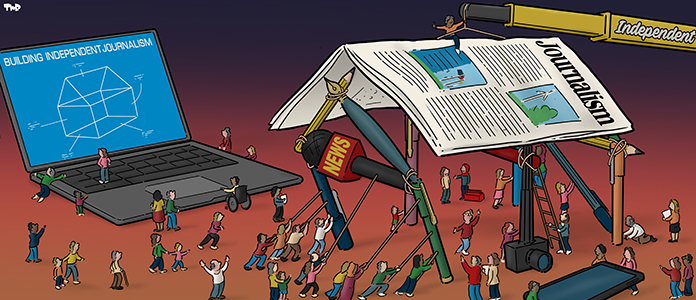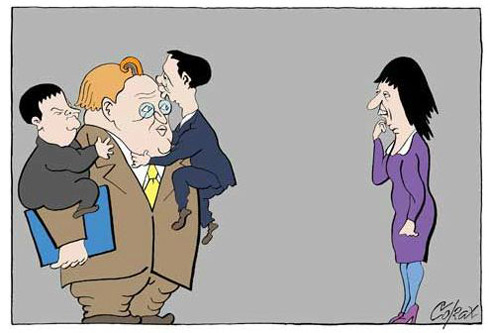After 12 hours of talks under the auspices of the EU Serbs and Kosovars separated on April 2 without reaching an agreement on the normalisation of relations. "The gap between the two parties is very narrow but deep," said Catherine Ashton (right), EU High Representative for Foreign Affairs.
The main sticking point is the status of the majority Serb districts in northern Kosovo. While Pristina accepts the EU proposal to combine these districts, Belgrade is demanding more power for these communities, particularly in terms of policing and justice.
The main Serbian negotiators Prime Minister Ivica Dačić (left) and Deputy Prime Minister Aleksandar Vučić (right) today held tight to the plan presented in 2007 by former Finnish President Martti Ahtisaari (centre) and which Serbia had previously rejected.











